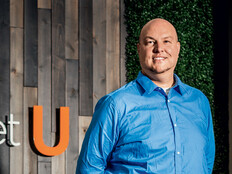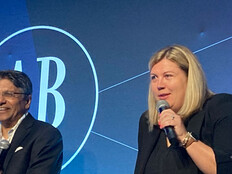Cash in on the Mobility and the Crowdfunding Craze
Millennials grew up in the age of viral content, and many are comfortable giving to of-the-moment causes that are creating a buzz. In fact, 46 percent regularly donate to crowdfunding campaigns. By raising money in this way, nonprofits can capture news cycles and engage large numbers of small donors — many of whom may be giving to these organizations for the first time.
Meantime, millennials spend an average of nearly six hours per day on their mobile devices. This is good news for tech-savvy nonprofits — especially smaller organizations that could never hope to fund national television advertising campaigns but can find creative ways to break through the noise and reach people on their smartphones.
Charities can reach potential donors on their mobile devices not only through direct communications about fundraising, but also via mobile apps and content such as inspirational videos. If the organization doesn’t have anyone with app-building experience on board, fear not: mobile application development platforms can turn even a novice into a developer.
Get Millennials Involved in the Cause
Many millennials are interested in more than just giving money. Nonprofit Source found 64 percent of millennials volunteer locally, 9 percent volunteer internationally and 55 percent attend fundraising events.
By engaging with millennials in multiple ways, nonprofits will build deeper connections with them. These connections may or may not yield near-term financial dividends, but they will pay off in the form of a new crop of volunteers — and, potentially, more donations as these volunteers become more financially stable later in life.
MORE FORM BIZTECH: Read about how mobile giving has changed philanthropy.
Develop a Strong Social Media Presence
Unsurprisingly, 90 percent of 18- to 29-year-olds use social networking sites. To meet millennials where they are, nonprofits need to make sure their own social media accounts are active, engaging and relevant. It’s not enough to simply cut and paste content from a physical or email newsletter.
Social media content should be clickable and sharable. Don’t have anyone on staff who can craft bite-sized stories out of the organization’s larger message? Consider hiring a millennial for the job.
Offer Younger Generations Multiple Ways to Give
While some millennials will want to cut one large check during the holiday season, many others will prefer to donate via their credit cards, payment apps or even text message. Subscription-style giving options are also extremely important for engaging millennials, with 40 percent of the cohort already enrolled in at least one monthly giving program.
Millennials also have little patience for complex, buggy donation pages on websites. Above all, nonprofits should make sure that the donation process is as simple as possible.











